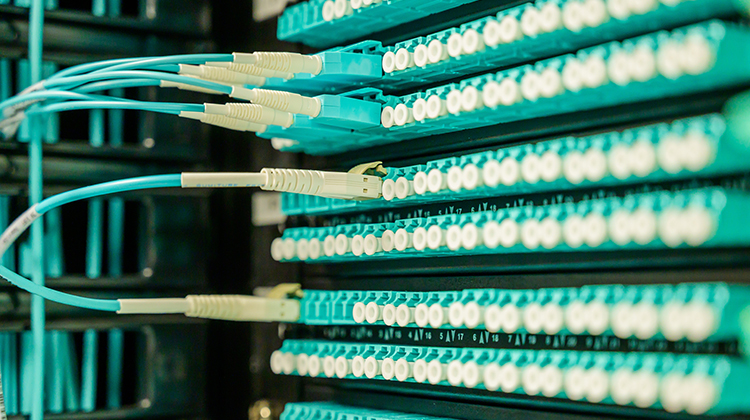Tech heavy schools need to look at edge solutions

With unprecedented demand for remote learning since the onset of COVID-19, digital transformation in schools across Australia has proven to be more essential than ever.
However, technologies like edge computing can contribute much more than just remote learning to schools and the broader education sector.
In a modern education system, digital technology plays a vital role. One of the most important lessons we have learnt is that technology can dramatically improve many students’ experiences of education.
Australia boasts being a leading global provider of education, and so it’s imperative we offer our students a modern learning experience that is enhanced by cutting-edge technology.
With the education technology market tipped to grow to $1.7 billion by the end of 2022 in Australia (1) edge-associated technologies are taking centre stage in digital transformation.
For early childhood education, we have observed increased demand for digital learning spaces with a strong focus on finger touch technologies, allowing hands-on and interactive lessons. In primary and secondary education, we’re seeing real interest in interactive whiteboards, touch screens, immersive lessons via virtual reality and augmented reality, as well as software that helps students take notes and converts handwriting into text.
E-sports is another area that has an acute need for edge technologies, with schools embracing e-sports and computer games as career options, instead of just hobbies, for students – over 160 schools across Australia and New Zealand are already participating in the META High Schools E-Sports League.
Moving to the tertiary sector, universities are implementing simulated clinics to assist learning. Radiography students already have access to virtual clinics, which simulate different patients and scenarios for learning and assessment purposes.
One key challenge facing schools in Australia today is network connectivity, reflected by low internet speed and highly centralised digital infrastructure. Better connectivity improves classroom communication and facilitates virtual collaboration across borders.
We see educational institutions already in the process of adopting edge networking solutions to reduce bandwidth costs, deploying intelligent controllers to offer uninterrupted, quality connectivity. As a result, some of our students and educators are already reaping the benefits from a fast, reliable and safe internet connection.
If we deploy edge computing beyond a classroom on a larger scale, we would be looking at smart campuses. Smart campuses are known for modern information and communication technologies that bring more convenience to campus life, assist campus users to more efficiently accomplish their daily activities, and enhance social interaction.
On a traditional campus, a single IT data centre is responsible for offering services to the entire campus.
On modern smart campuses, however, each building has its own computing support centre to deliver a more sophisticated yet seamless and efficient user experience.
Operating a smart campus is also underpinned by the provision of networked services, such as building an AR assisted mobile campus, managing libraries and stadiums, and facilitating smart classes. They all require multiple hyper applications that collectively demand low latency and high bandwidth.
These deployments are typically tricky to manage due to lagging physical infrastructure, critical power and cooling challenges, which has been the main barrier to implementation.
With a decentralised approach, however, edge computing technologies are a key enabler. Edge computing brings data storage and computation closer to the location where faster responses are needed. Consequently, lower latency and faster internet speed can be achieved with the reduced amount of data flowing to and from the primary network.
To build the physical infrastructure that can support edge solutions required by these smart campuses, firstly, we need to acknowledge standardisation has limits. Deployment in harsh environments would be totally different from that in controlled IT rooms.
Secondly, edge deployment should never be a once-off project, but an ongoing process of integrated management, which allows equipment to seamlessly connect, collect and analyse data in real-time, coupled with ongoing monitoring and recommending data-based actions.
From two-year-olds to mature age students in their 50s, edge solutions are destined to make education of the future a more accessible, efficient and effective experience for all students.
Reference
1) https://www.austrade.gov.au/ArticleDocuments/3610/Edtech%20industry%20capability%20report.pdf.aspx
Photo by Brett Sayles from Pexels